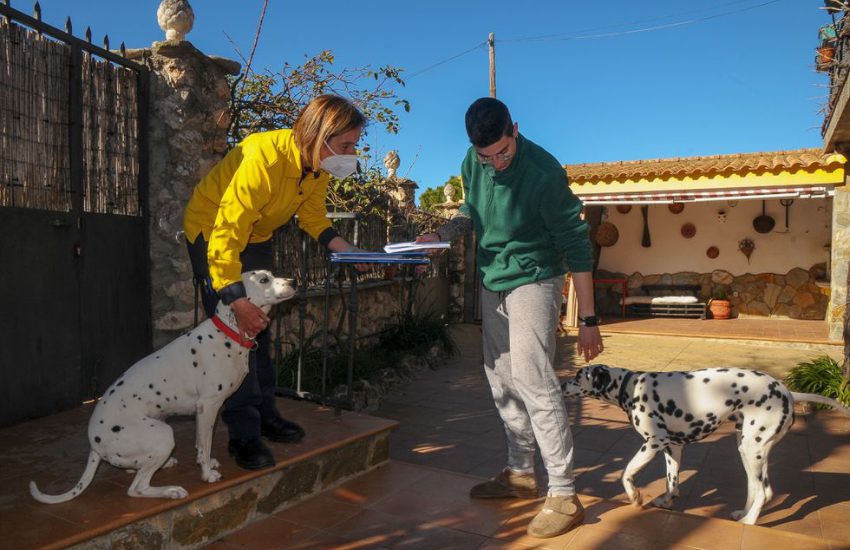In October 2022 the three banking associations (AEB, CECA and Unacc) signed the so-called Roadmap to reinforce financial inclusion in rural areas, offering solutions to ensure access to banking services in all Spanish municipalities. The two monitoring reports that have just been published show that significant progress has been made, with a significant drop in the number of people who do not have a face-to-face access point to banking services in the municipality where they reside.
The annual monitoring report shows a 25% reduction in the population that is financially excluded, which means that 162,641 people who did not have a face-to-face access point at the end of 2021 do indeed have one at the end of 2022. This decline means that the financially excluded population has fallen from 1.4% to 1% of the Spanish population. A total of 443 municipalities have been removed from the list of those with accessibility problems.
The roadmap proposes different measures depending on the size of the municipality, with solutions adapted to those with less and more than 500 inhabitants. In the first case, the main reason why financial exclusion has decreased is due to the use of ofibuses, followed in importance by ATMs. In contrast, in those municipalities with more than 500 inhabitants, the most effective solution has been the use of ATMs, followed by financial agents and agreements with the Spanish Postal Service. These results are in line with the roadmap.
In the financial inclusion assessment conducted using data from December 2021, a total of 243 municipalities with more than 500 inhabitants were identified as having no access points to banking services. Special emphasis has been placed on these municipalities to correct the accessibility problem as soon as possible. The latest quarterly monitoring report using data as of 31 March 2023 shows the significant progress made in the past 15 months, as the number of excluded municipalities has fallen by 35% (from 243 to 159), with a similar 35% reduction in terms of excluded population.
If we take into account that since March agreements have been signed and tenders issued to install new ATMs in these municipalities (mainly in Castile and León), a further 55 municipalities will be removed from the exclusion list, which means that the number of people without financial accessibility in their municipality of residence has fallen by 58% cumulatively. As a result, 139 municipalities and 123,278 people have benefited from the commitments set forth in the roadmap.
With these important advances in the roadmap, the financial inclusion map is progressing at a good pace, which is naturally faster in those areas that had the most accessibility problems. Noteworthy are the improvements that have taken place in Castile and León. The smallest municipalities (with less than 100 inhabitants) is where the problem of accessibility is logically concentrated (43.8% of the excluded municipalities have less than 100 inhabitants and 93.4% have less than 500), and it is in these municipalities where the number of those excluded has fallen the most.
In summary, the necessary restructuring of the Spanish banking sector to improve its efficiency has required a major adjustment in the branch and ATM network, but thanks to the sector's commitment, the percentage of the population experiencing financial accessibility problems has fallen from 1.4% to 1% in a single year, meaning that the measures adopted have benefited 162,641 people.
Joaquín Maudos is an economics professor at the University of Valencia, is Deputy Director of Ivie, and collaborates with Cunef.













